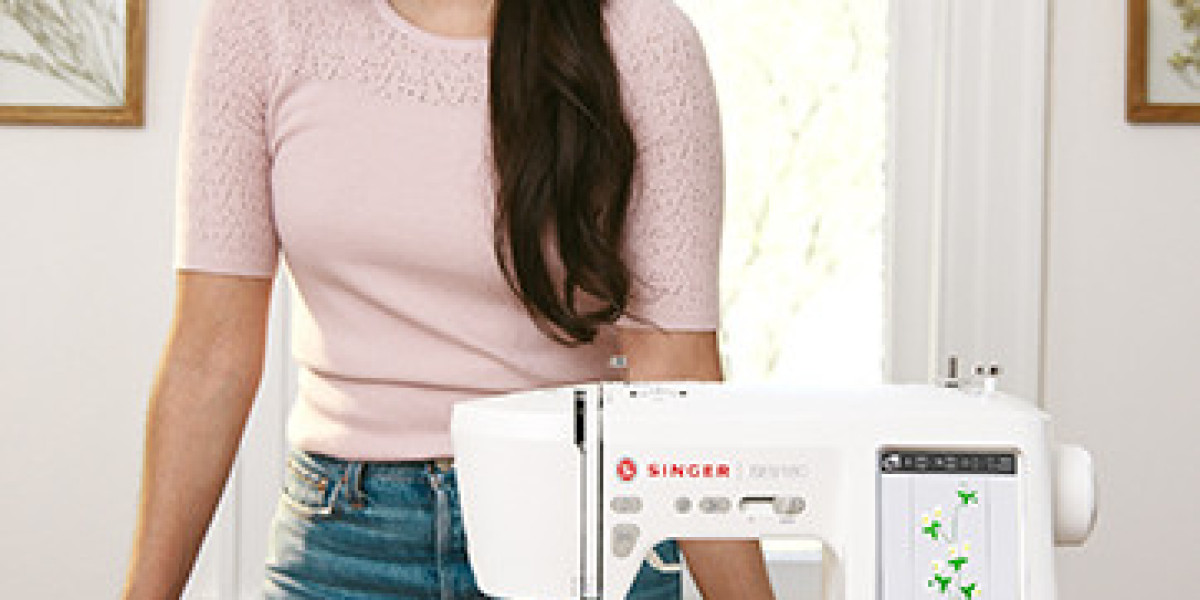Introduction
That adorable photo of a client's golden retriever could become your next stunning embroidery project—if you know how to translate fluffy fur and wet noses into stitches. Digitized Dog Embroidery Designs present unique challenges that go beyond basic embroidery techniques. A poodle's curly coat requires completely different stitching than a boxer's short fur, and getting those expressive eyes just right can make or break your design.
Professional pet embroiderers use specialized methods to capture each breed's distinctive characteristics. In this guide, you'll learn breed-specific digitizing strategies for creating realistic dog portraits that make clients say "That's exactly how Fido looks!" Whether you're working with Digitized Dog Embroidery Designs for a gift, a business logo, or a pet memorial, we’ll cover everything from wiry schnauzer beards to flowing collie coats—plus common mistakes that turn perfect pups into stitchy disasters. Get ready to bring man’s best friend to life with thread and texture.
Understanding Breed Characteristics
Fur Types and Their Stitch Equivalents
| Breed Type | Fur Texture | Ideal Stitch Approach |
|---|---|---|
| Short-haired (Boxer, Dalmatian) | Smooth, flat | Tight satin stitches (0.3mm spacing) |
| Double-coated (Husky, Shepherd) | Dense undercoat | Layered fill stitches |
| Curly (Poodle, Bichon) | Tight curls | Small circular fill patterns |
| Wiry (Schnauzer, Terrier) | Rough, bristly | Directional zigzag stitches |
| Long-haired (Collie, Maltese) | Flowing strands | Long, overlapping stitches |
Facial Feature Considerations
Eyes: French knots for depth
Noses: Layered satin stitches
Ears: Directional stitching following fur growth
Whiskers: Single running stitches with tapering
Breed-Specific Digitizing Techniques
1. Short-Haired Breeds (Boxers, Beagles)
Key Challenges:
Capturing muscle definition
Avoiding a "flat" look
Pro Techniques:
Use subtle directional shading
Add slight stitch length variation
Create "shadow" areas with darker thread
Stitch Settings:
0.35mm fill density
1.5mm satin stitch width for outlines
2. Fluffy Breeds (Pomeranians, Chows)
Key Challenges:
Maintaining dimension
Preventing a "blob" appearance
Pro Techniques:
Build up layers from dark to light
Leave slight gaps between stitch areas
Use lofted underlay for 3D effect
Stitch Settings:
0.5mm fill density
Varied stitch lengths (2-4mm)
3. Wire-Haired Breeds (Schnauzers, Terriers)
Key Challenges:
Recreating bristly texture
Facial furnishings (beards/brows)
Pro Techniques:
Combine fill and zigzag stitches
Use "broken" stitch patterns
Add extra density to furnishings
Stitch Settings:
0.4mm fill density
2mm zigzag stitch width
The Eye Digitizing Masterclass
Creating Lifelike Canine Eyes
Base Layer: Dark oval fill stitch
Highlight: Small satin stitch crescent
Depth: French knot or tight spiral center
Moisture Effect: Single shiny thread strand
Breed Variations:
Almond (Shepherd) vs round (Pug) shapes
Dark rimmed (Husky) vs all-dark (Lab)
"Puppy dog" upward tilt (Cocker Spaniel)
Nose and Mouth Techniques
Realistic Nose Options
Standard Leather Nose:
Layered satin stitches
Subtle highlight stitch
Slight asymmetry
Pink Nose Option:
Gradient fill approach
Visible "grain" texture
Spotted Noses:
Color blocking technique
Irregular edge definition
Mouth Details That Matter
Tongue: Loose fill stitch with highlight
Teeth: Minimalist single stitches
Lips: Thin satin stitch outline
Fur Direction Mapping
Following Natural Growth Patterns
Body:
Downward on back
Radiating from chest
Circular on haunches
Face:
Outward from nose
Downward on forehead
Backward on cheeks
Tail:
Following hair length
Direction changes at curve
Color Selection Strategies
Beyond Basic Browns
Undercoat/Overcoat Blending:
Base + highlight + shadow tones
3-thread minimum for realism
Specialty Threads:
Variegated for natural variation
Matte/shin combinations
Breed-Specific Palettes:
Blue merle (Australian Shepherd)
Brindle (Boxer)
Parti-color (Cocker Spaniel)
Common Dog Digitizing Mistakes
1. The "Flat Face" Failure
Problem: Missing muzzle dimension
Fix: Build up layers with understitching
2. The "Staring Eye" Effect
Problem: Unnatural eye placement
Fix: Slight inward tilt of pupils
3. The "Fur Blob" Disaster
Problem: No texture definition
Fix: Directional stitch breaks
4. The "Cartoon Nose" Issue
Problem: Overly simple nose shape
Fix: Add subtle asymmetry
Advanced Techniques
Creating Movement Effects
Wind-Blown Fur:
Exaggerated directional stitches
Loose thread ends
Water-Dripping Coat:
Strategic shiny threads
Droplet-shaped satin stitches
Running Pose:
Fur direction following motion
"Blur" stitches at edges
Specialty Effects
3D Puff Collars:
Foam underlay technique
Extra density on edges
Name Tags:
Integrated into design
Matching font style
Seasonal Outfits:
Layered appliqué approach
Temporary stitch options
Software-Specific Tips
For Wilcom Users:
Use "Fur Brush" tool for natural textures
Enable "Directional Flow" assist
Try "Stitch Painter" for manual detailing
For Hatch Embroidery:
Apply "Animal Fur" presets
Use "Color Blender" for gradient coats
Enable "Micro Stitch" for eyes
For Embrilliance:
Create custom stitch patterns
Utilize "Texture Fill" options
Adjust "Stitch Sculpting" for muzzles
From Photo to Perfect Embroidery
Step-by-Step Conversion Process
Photo Selection:
Clear, high-contrast image
Good angle showing features
Image Preparation:
Boost contrast
Posterize to 6-8 colors
Trace key outlines
Stitch Mapping:
Assign stitch types by area
Set directions and density
Testing:
Stitch facial features first
Adjust based on results
Pricing Your Dog Portrait Services
Industry Standard Rates
| Complexity | Price Range | Example Breeds |
|---|---|---|
| Simple | $35-$75 | Labs, Beagles |
| Medium | $75-$150 | Poodles, Bulldogs |
| Complex | $150-$300 | Huskies, Collies |
Value-Add Options:
Additional pets (+40%)
Custom backgrounds (+30%)
Rush service (+50%)
The Future of Pet Embroidery
Emerging Trends
AI-Assisted Breed Recognition:
Auto-detection of breed traits
Suggested stitch patterns
Augmented Reality Previews:
See design on client's photo
Virtual stitch simulation
Interactive Customization:
Clients select poses/expressions
Real-time design adjustments
Conclusion
Digitizing dog breeds successfully requires equal parts technical skill and animal intuition. By implementing these breed-specific techniques—from wiry terrier textures to soulful hound eyes—you'll create embroidered portraits that capture each dog's unique personality.
Remember these key principles:
Study real dogs - Notice fur patterns and expressions
Test extensively - Faces make or break the design
Embrace imperfection - Slight asymmetry adds realism
Your next dog embroidery could become someone's most cherished keepsake. With these professional insights, you're equipped to turn furry friends into thread art that warms hearts and showcases your digitizing expertise.








